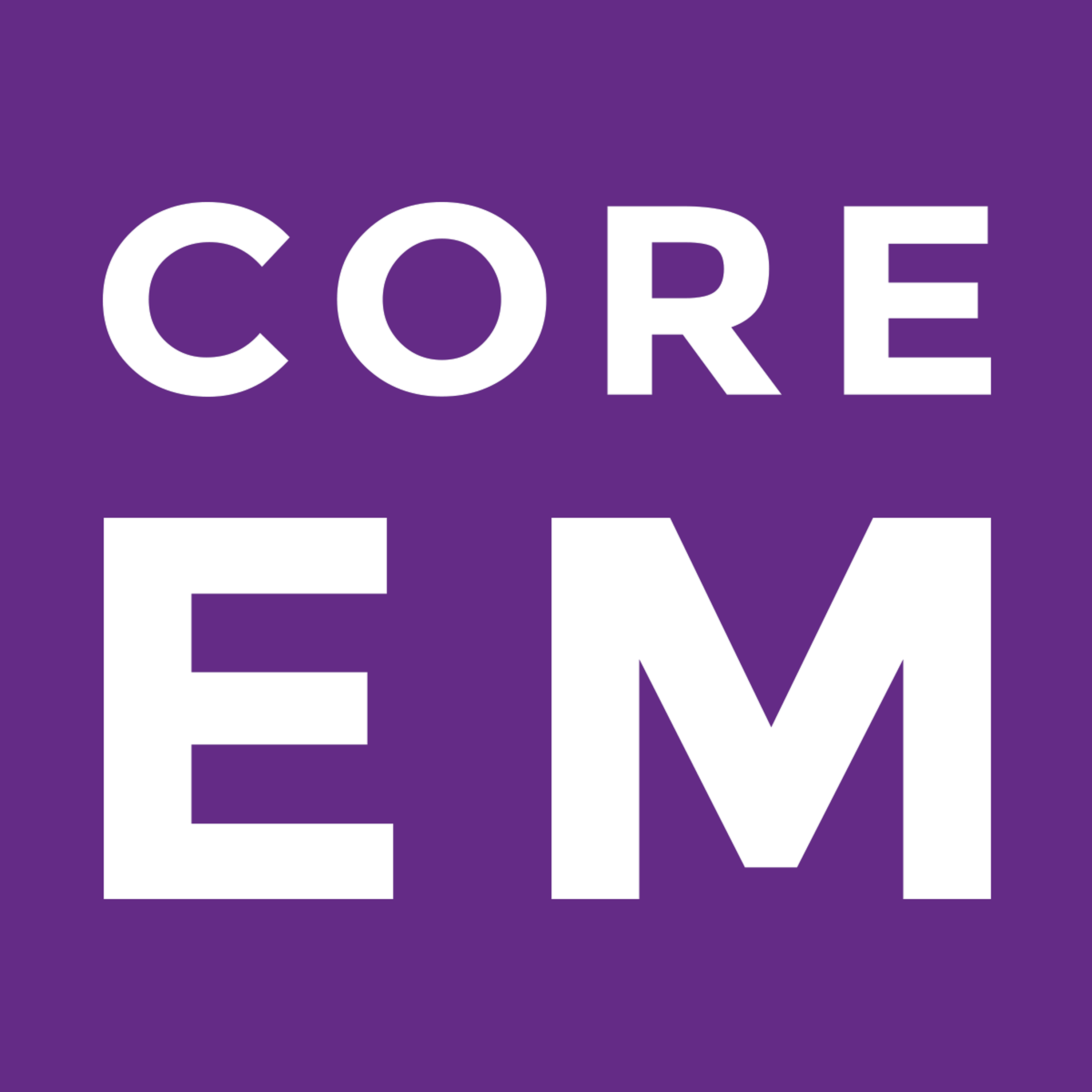Episode 165.0 – Foot Fractures
Description
A look at foot fractures – which can be splinted and which may need to go to the OR.
https://media.blubrry.com/coreem/content.blubrry.com/coreem/Foot_Fractures.mp3
Download
Leave a Comment
Tags: Orthopedics
Show Notes
Background:
* Why do we care about Jones fractures?
* Propensity for poor healing due to watershed area of blood supply
* Fifth metatarsal fractures account for 68% of metatarsal fractures in adults
* Proximal 5th metatarsal fractures are divided into 3 zones (93% zone 1, 4% zone 2, 3% zone 3)
* Zone 1 (pseudo-Jones):
* Tuberosity avulsion fracture
* Typically avulsion type injuries due to acute episode of forefoot supination with plantar flexion
* Typical fracture pattern is transverse to slightly oblique
* Zone 2 (Jones fracture):
* Fracture at the metaphyseal-diaphyseal junction of the fifth metatarsal
* Typically acute episode of large adduction force applied to forefoot with the ankle plantar flexed
* Zone 3:
* Proximal diaphyseal stress fracture
* Typically results from a fatigue or stress mechanism
Clinical Presentation:
* History of acute or repetitive trauma to forefoot
* Fracture type / pattern closely related to injury location
* Foot often swollen, ecchymotic, very tender to fifth metatarsal +/- crepitus, inability to hear weight
Diagnosis:
* Clinical exam:
* Evaluate skin integrity
* Check neurovascular status
* Evaluate toes/ feet/ ankles/ tib fib/ knees/ hips, involved tendon function, associated adjacent structures (Achilles, ankle ROM/ function, etc)
* 3 XR views: lateral, anteroposterior, 45* oblique
* Acute stress fractures are typically not detected on the standard 3 views; therefore, repeat XRs 10-14d after onset of sx (may see radiolucent reabsorption gap around fracture)
* For more complex mid foot trauma, consider CT to r/o Lisfranc
Treatment:
* Consider classification of fracture, patient demographics & activity level when deciding on treatment
* Tertiary care centers that have access to Orthopedics/Podiatry services
* Consider consultation for “true” Jones fractures, as some cases may be operatively managed acutely and/or for expedited follow-up to be arranged
* If working in community/rural locations: other than patients that present with “open” injuries, concerns for compartment syndrome (almost never), and “high-end”/professional athletes, there are generally no other circumstances that would require expedited transfer to a tertiary care center for immediate further evaluation.
* Less favorable outcomes associated with certain patient factors: female gender, DM, obesity
More Episodes
Published 04/01/24
Published 03/01/24
Published 02/01/24


